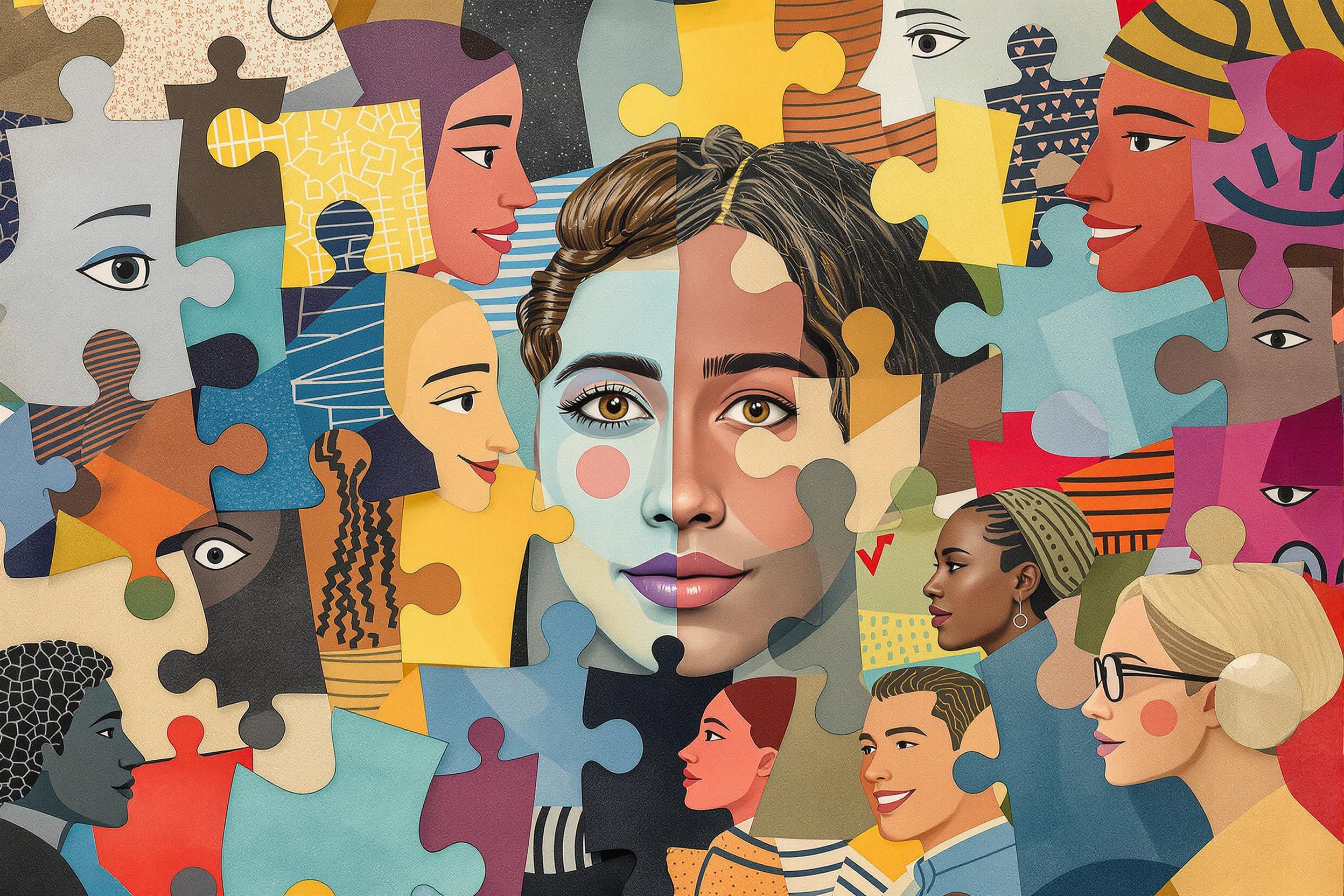
Color Matching
Color Matching is a fundamental skill in scenic painting where artists recreate specific colors to match design requirements, sample materials, or existing set pieces. It involves mixing paints to achieve exact color shades needed for theater sets, film backdrops, or themed environments. This skill is essential because sets often need to look consistent under stage lighting and on camera, and different sections painted at different times need to appear uniform. Think of it like being a paint expert who can recreate any color perfectly, similar to how hardware stores match paint colors for home decoration, but for theatrical and entertainment purposes.
Examples in Resumes
Created exact duplicates of historical marble patterns using Color Matching techniques
Supervised Color Matching for a Broadway production's complete set design
Applied Color Match skills to restore and touch up existing scenic elements
Utilized Paint Matching expertise to ensure consistency across multiple set pieces
Typical job title: "Scenic Artists"
Also try searching for:
Where to Find Scenic Artists
Professional Organizations
Online Resources
Job Boards
Example Interview Questions
Senior Level Questions
Q: How would you approach matching a color under different types of stage lighting?
Expected Answer: A senior scenic artist should explain how colors can appear different under various lighting conditions and describe their process for testing samples under actual show lighting before applying to the full set piece.
Q: How do you manage a large-scale color matching project with multiple painters?
Expected Answer: Should discuss creating detailed color formulas, maintaining sample boards, training other painters on mixing procedures, and quality control methods to ensure consistency across the team.
Mid Level Questions
Q: What's your process for matching a color from a designer's sample?
Expected Answer: Should explain steps like analyzing the original color, mixing small batches for testing, documenting the formula, and getting approval before full application.
Q: How do you handle touch-ups on aged scenic pieces?
Expected Answer: Should discuss techniques for matching both color and aging effects, testing in small areas, and blending new paint with existing surfaces.
Junior Level Questions
Q: What are the basic components needed for color matching?
Expected Answer: Should list essential tools like base paints, tints, measuring containers, and sample boards, plus basic understanding of color theory.
Q: How do you document your color mixing process?
Expected Answer: Should describe keeping detailed records of paint ratios, creating labeled swatches, and maintaining organized notes for future reference.
Experience Level Indicators
Junior (0-2 years)
- Basic color theory understanding
- Mixing simple colors under supervision
- Maintaining organized paint stations
- Following existing color formulas
Mid (2-5 years)
- Independent color matching ability
- Creating and documenting color formulas
- Understanding lighting effects on color
- Touch-up and restoration work
Senior (5+ years)
- Complex color matching for any condition
- Training and supervising other painters
- Project management and quality control
- Problem-solving difficult color situations
Red Flags to Watch For
- Unable to maintain consistent color matches across multiple batches
- Poor documentation of color formulas
- Lack of understanding about how lighting affects color
- No experience with color correction under stage lighting
- Inability to explain basic color theory
Related Terms
Need more hiring wisdom? Check these out...

Culture Add vs Culture Fit in Hiring: Why It May Be Time to Rethink Your Approach

Cracking the Code: How to Source Talent in APAC and EMEA with Cultural Sensitivity

Automated Scorecards in ATS Systems: Your Secret Weapon for Smarter Hiring Decisions

